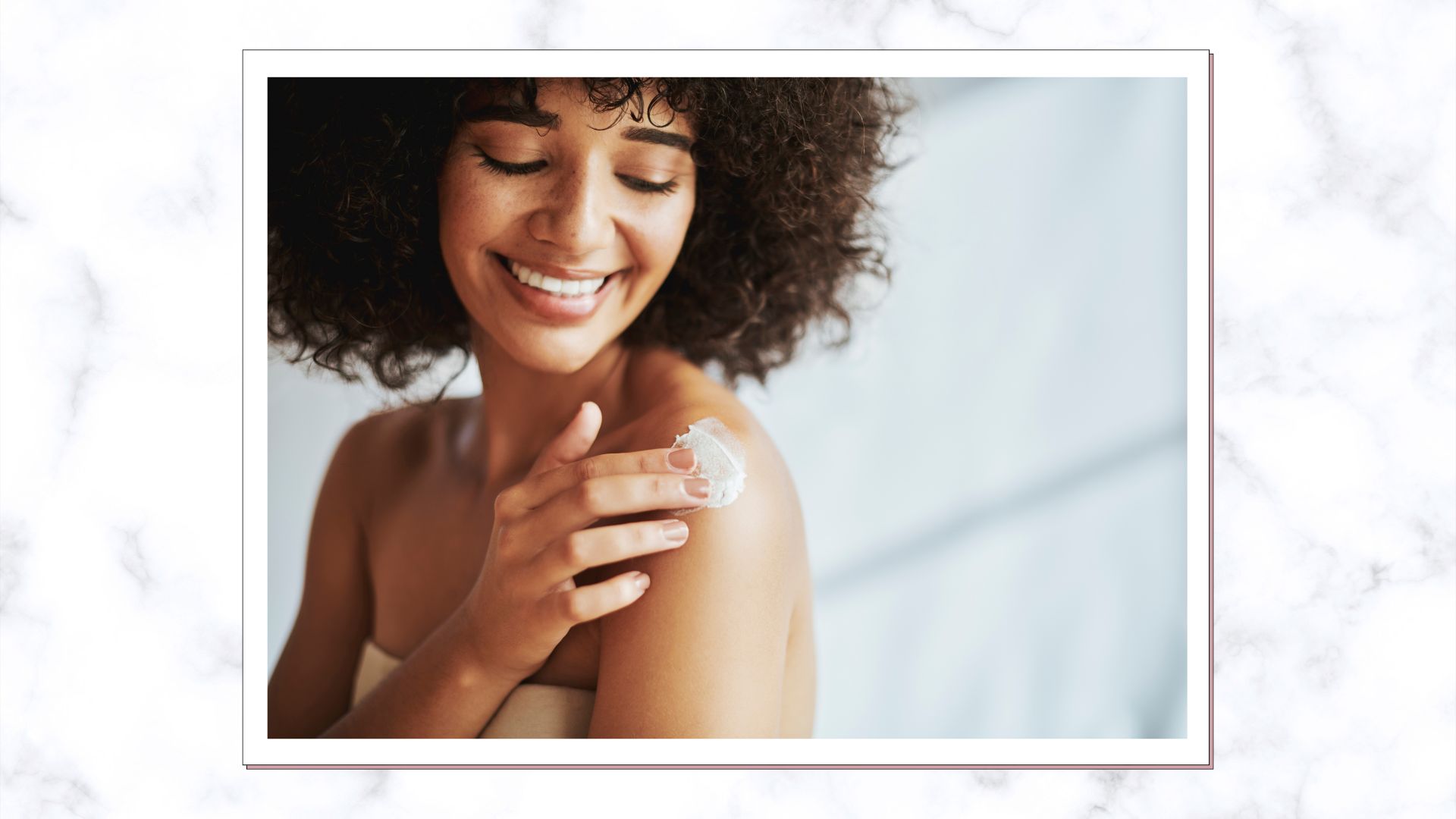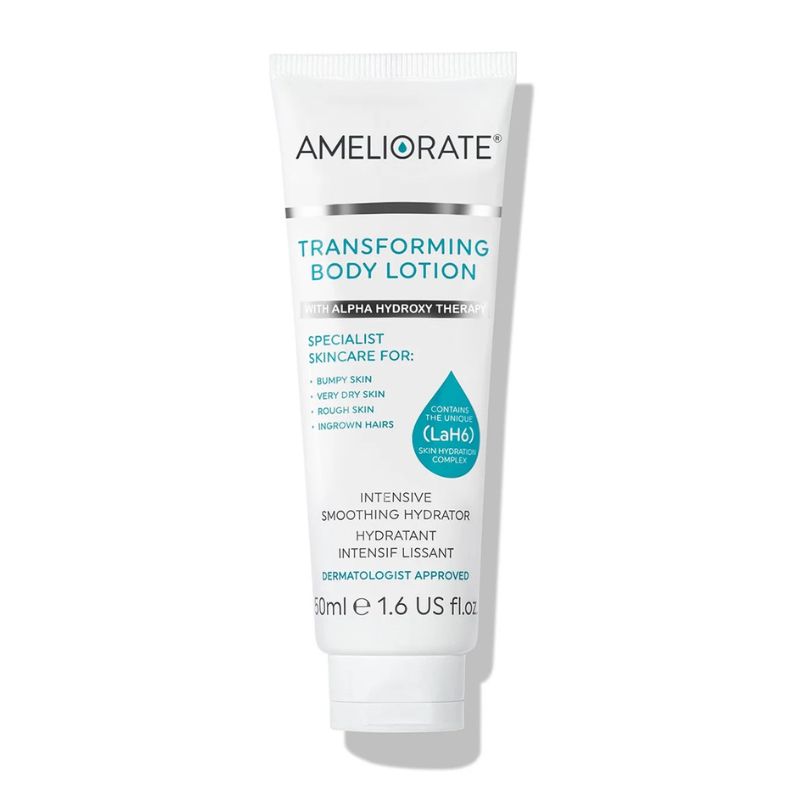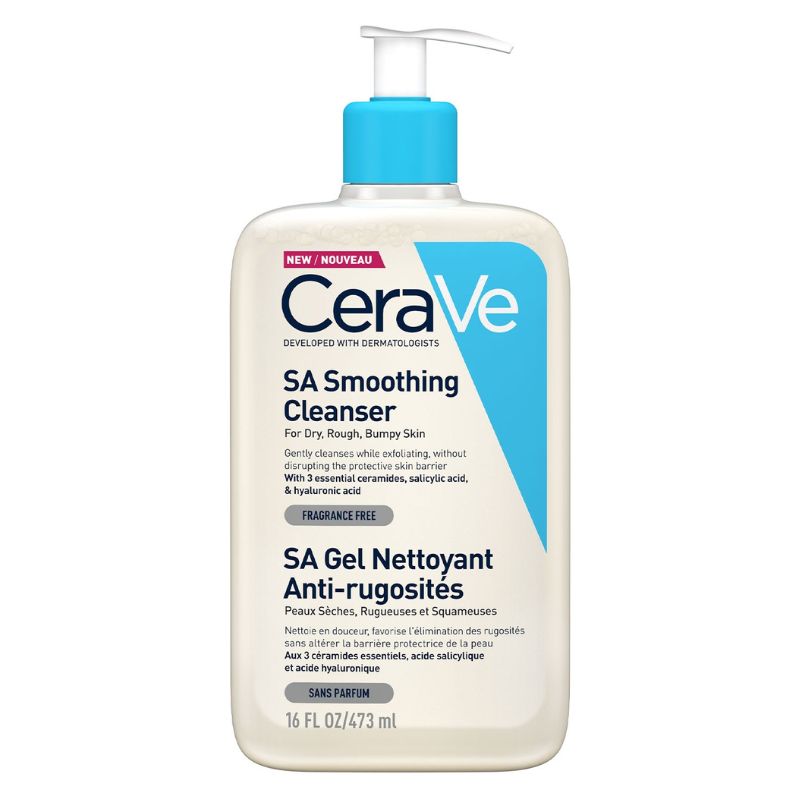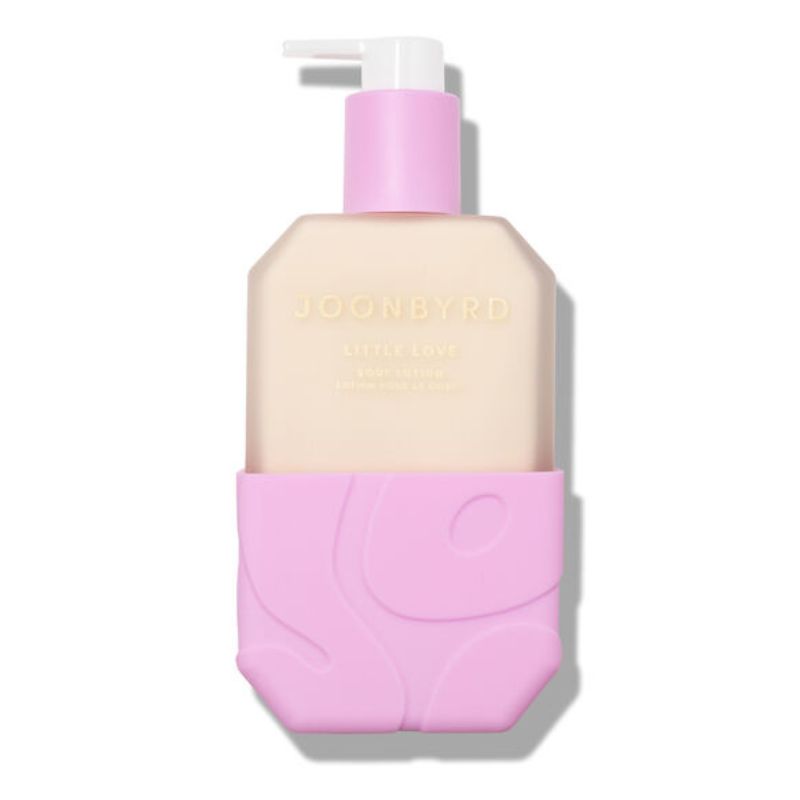Baffled by bumps on your arms and legs? Two dermatologists explain keratosis pilaris
Keratosis pilaris is easier to treat than you might think, allow our expert-led guide to explain all


Wondering what keratosis pilaris is? You've come to the right place. We've spoken to the experts to better understand the skin condition, as well as how to diagnose and treat it.
Our faces get a lot of airtime in the skincare conversation, our bodies not so much. If you take an out-of-sight, out-of-mind approach to your body during the winter months, spring is likely the first time you’ve thought about keratosis pilaris in a while.
These pesky bumps can be frustrating as we hit the great unveiling. If they’re bothering you, here's some good news. We’ve enlisted the help of two brilliant experts, Dr Justine Hextall and Dr Alexis Granite, to get to the bottom of what keratosis pilaris is and how we can fix this chicken skin-like condition. Spoiler: It involves sparingly using scrubs and doubling down on the best body creams for dry skin.
Our complete guide to keratosis pilaris and how can you treat it
First things first, what is keratosis pilaris? “Keratosis pilaris is a skin condition characterised by follicles becoming plugged with the protein keratin,” explains Dr Justine Hexall, consultant dermatologist and founder of Tarrant Street Clinic. “When keratin blocks the follicles, they feel dry and bumpy and give the typical ‘ chicken skin’ appearance.” Think of it like limescale in a pipe – if it builds up too much, it’ll create a blockage.
Keratin is a naturally occurring protein in our body that you probably associate with your hair and nails, but also plays a key role in our skin. “Keratin is important for protecting the top layer of our skin and helps with moisture loss,” Dr Hextall continues. "But when our skin makes too much keratin in one place, it doesn’t just prevent moisture loss, it blocks the follicle entirely."
What does keratosis pilaris look like?
As Dr Hextall says, keratosis pilaris is often referred to as ‘chicken skin’, with a pigmented, bumpy appearance. “Keratosis pilaris can look different depending on your skin tone,” says Dr Alexis Granite, consultant dermatologist and founder of bodycare brand Joonbyrd.
“On lighter skin, it often appears as red or pinkish bumps, while on darker skin tones it may present as brown, dark purple or even flesh-coloured bumps. The pigmentation can vary, making it more or less noticeable depending on your skin colour. Keratosis pilaris bumps may also be surrounded by a slightly rough or dry area of skin.”
Sign up to our free daily email for the latest royal and entertainment news, interesting opinion, expert advice on styling and beauty trends, and no-nonsense guides to the health and wellness questions you want answered.
Not sure how to tell if it’s keratosis pilaris or a rash of some description? The giveaway with KP is that it’s painless and not itchy (you wouldn’t know you had it unless you saw it or felt it), and also the placement. “Typically keratosis pilaris appears on the upper arms, thighs and buttocks,” advises Dr Hextall. “Less commonly, it is seen on the face.”
What causes keratosis pilaris?
The experts aren’t entirely sure what causes keratosis pilaris, but they do know that it runs in families. “The primary reason some people are more likely to develop keratosis pilaris is genetics,” explains Dr Granite. “If your family members have it, you’re more likely to have it too. Hormonal changes, particularly during adolescence or pregnancy, can also trigger or worsen KP in some individuals.”
Annoyingly, there’s very little we can do about these genetic or hormonal causes, but tweaking your skincare for body routine can help keep skin smooth and bump-free. The seasons can have an impact, too – sometimes for the better.
“Seasonal variation is common, with exacerbation in winter and improvement in summer. If someone is swimming a lot, or is in a cold, dry environment, this will contribute to the dryness in this condition and likely exacerbate it,” advises Dr Hextall. “I also notice that sitting around in wet swimming costumes can irritate KP and make it more prominent and sometimes inflamed.”
How to treat keratosis pilaris
“It’s important to remember there is no cure for KP, but the condition can be managed and improved,” says Dr Granite. Want to banish the bumps? These are the expert-approved ways to treat keratosis pilaris.
- Upgrade your exfoliator: First up, step away from the body scrub. “It can make the skin more dry and irritated,” says Dr Hextall. “The key is to use ingredients that unblock the pore, alongside rich moisturising ingredients that help to draw moisture into the skin, balance the skin barrier and reduce moisture loss. I would suggest looking for emollients that contain lactic and salicylic acids that chemically exfoliate the skin, reducing the keratin plugs. Evidence suggests these are the best acids for keratosis pilaris.”
- Hydrate and moisturise: If you normally go for the best-smelling body lotions rather than looking at the ingredients (who can blame you?), now’s the time to swot up. “Look for humectants to draw moisture into the skin, such as urea, hyaluronic acid and glycerin,” explains Dr Hextall. “Urea is an excellent choice as it acts as a humectant, a smoothing emollient and also a gentle exfoliant, so it’s perfect for KP. I also like creams rich in ceramides, shea butter and squalane, all of which mimic the natural oils we find in a healthy skin barrier.”
- Be consistent: Unfortunately, nothing will get rid of KP for good, so you need to be consistent. Don’t be disheartened if you don’t see results straight away – it might be a week or two before you start to notice an improvement. If you wanted to go above and beyond, then you could also consider chemical peels to soften the bumps or IPL to help with discolouration. But, again, they’re not going to make a permanent difference. “Remember, patience is needed with this condition,” adds Dr Hextall.
Our beauty editor's favourite buys to treat KP

RRP: £15
Wondering how to exfoliate your body? Formulated especially for keratosis pilaris, this lightweight moisturiser uses lactic acid to unclog blocked follicles and sweet almond oil to nourish dryness.

RRP: £14.50
Tackle KP from all angles with a bump-busting shower gel. It gently and effectively exfoliates without irritating the skin or stripping it of moisture.

RRP: £56
Hate heavy creams? This lightweight moisturiser intensely hydrates dehydrated skin so it feels smoother and softer. It protects skin from environmental free radical damage too.
Jess Beech is an experienced fashion and beauty editor, with more than eight years experience in the publishing industry. She has written for woman&home, GoodtoKnow, Now, Woman, Woman’s Weekly, Woman’s Own and Chat, and is a former Deputy Fashion & Beauty Editor at Future PLC. A beauty obsessive, Jess has tried everything from cryotherapy to chemical peels (minus the Samantha in Sex and The City-worthy redness) and interviewed experts including Jo Malone and Trinny Woodall.
